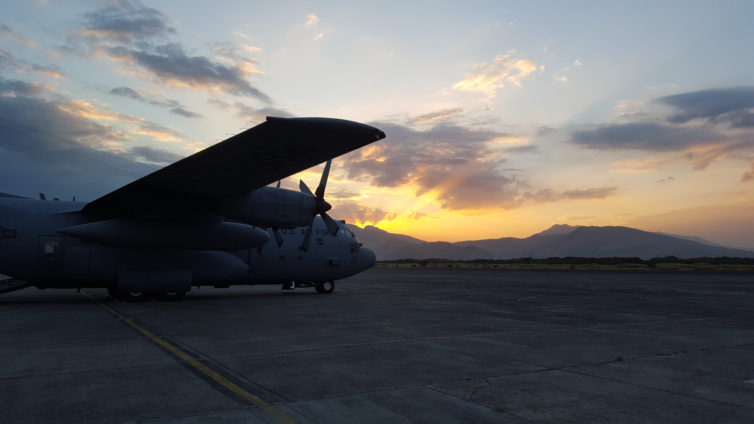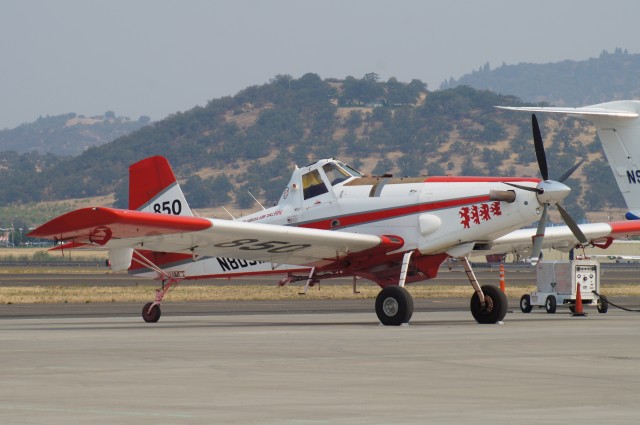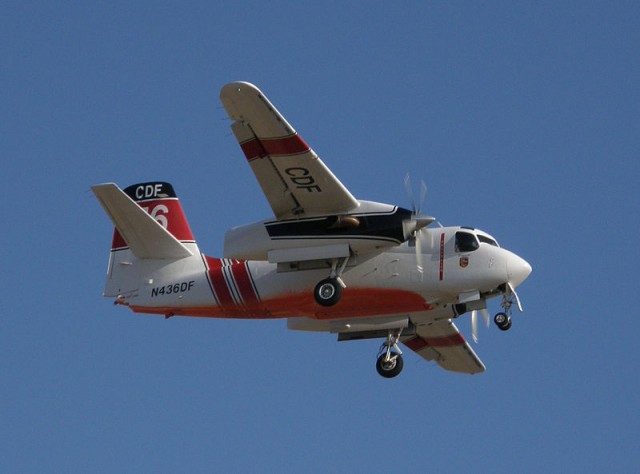
The C-130H is on its sunset tour on active duty, but it will always provide a unique travel experience – Photo: David Lynn
I know many of you are used to reading fancy business class reviews on the newest aircraft with well-known airlines all over the world. While those are all well and good (feel free to send me anytime) I felt it was important to share the experience of an aircraft that has carried millions of people all over the world for more than 40 years.
This aircraft caters to an elite type of passenger that is so special you can’t even buy your way on. No, you have to work long and hard, and give up a lot, to get a seat on this amazing plane. You can’t find this type of service on any other airline in the world. If you want to talk about accommodations? Let’s just say I guarantee you won’t find this type of comfort anywhere else.
This trip was scheduled to take place from Tokyo, Japan to Mansfield, Ohio, and if that seems like a strange city pair, you would be right. But, being an AvGeek is all about special planes and special events. In this case, the special plane was a C-130H Hercules, and the special event was its last flight in the active duty Air Force before being delivered to the National Guard.
That’s right, after 43 years of service all over the world, this beauty was moving on to a new life back in the United States, where it will continue to serve in new ways. As you will see below, a 43-year-old airplane provides for a very unique and memorable experience.

